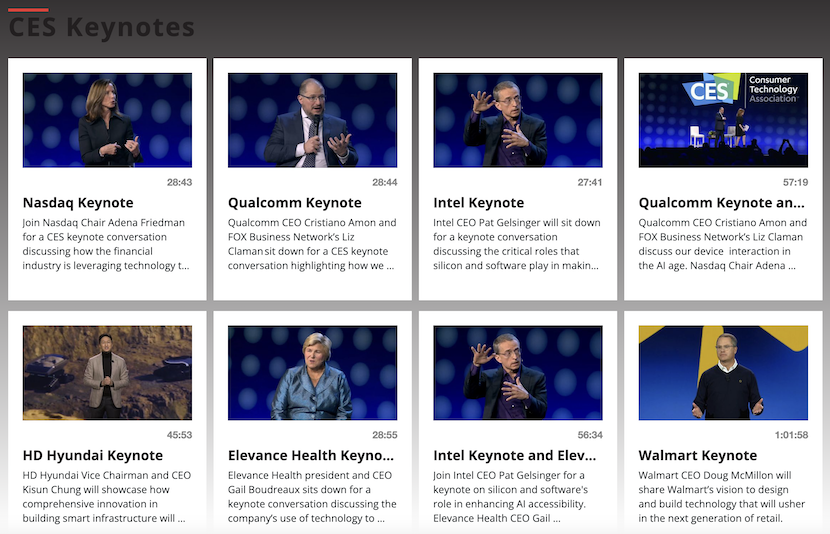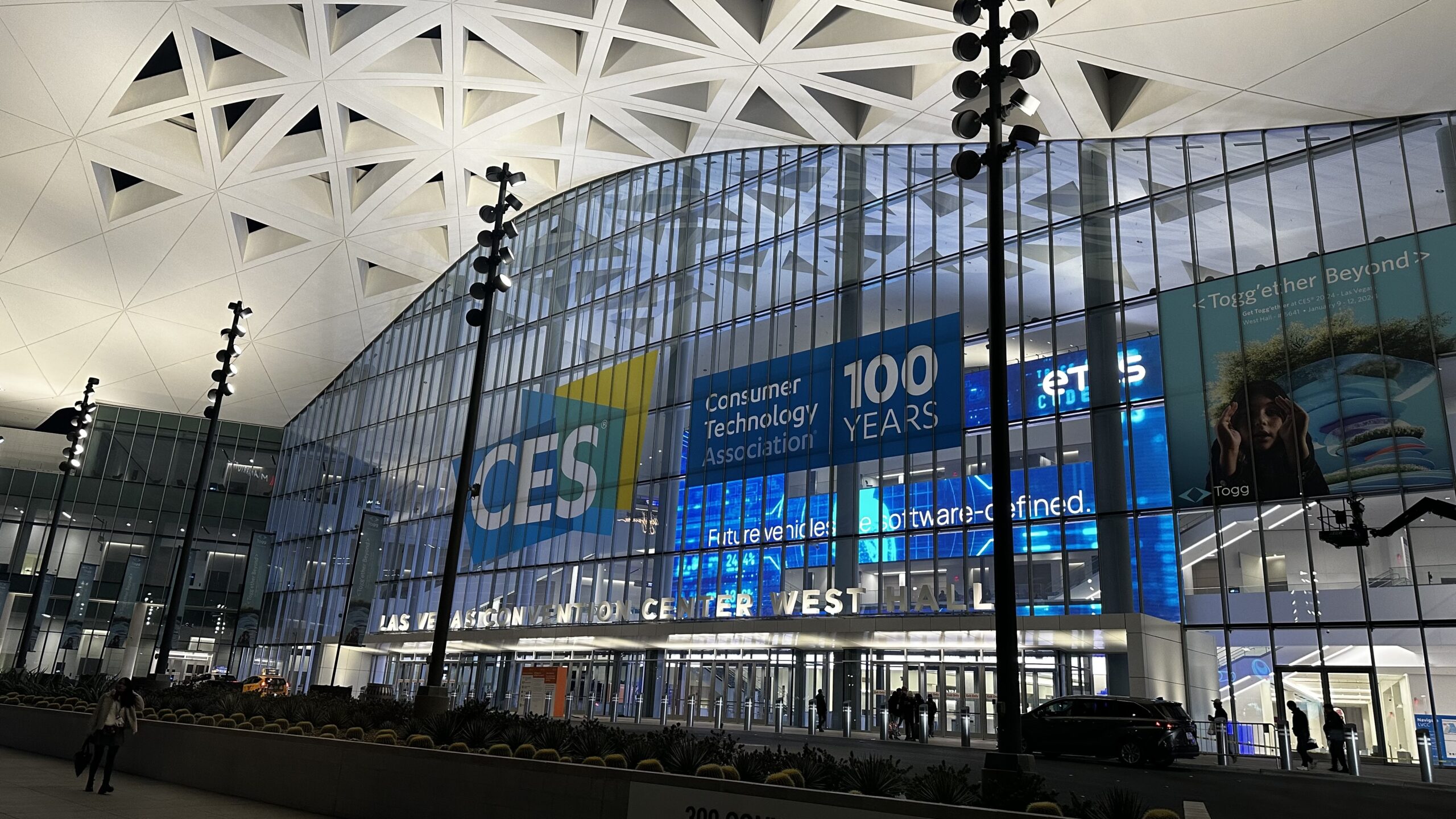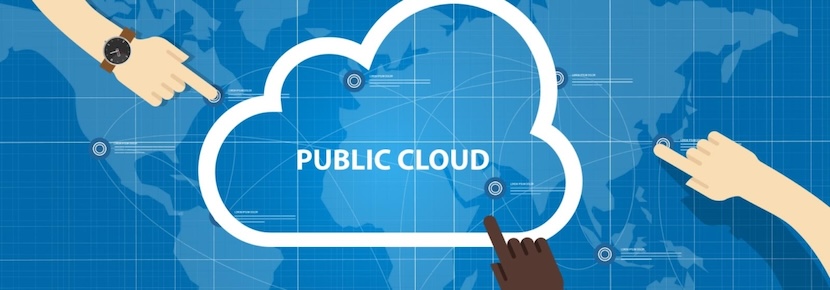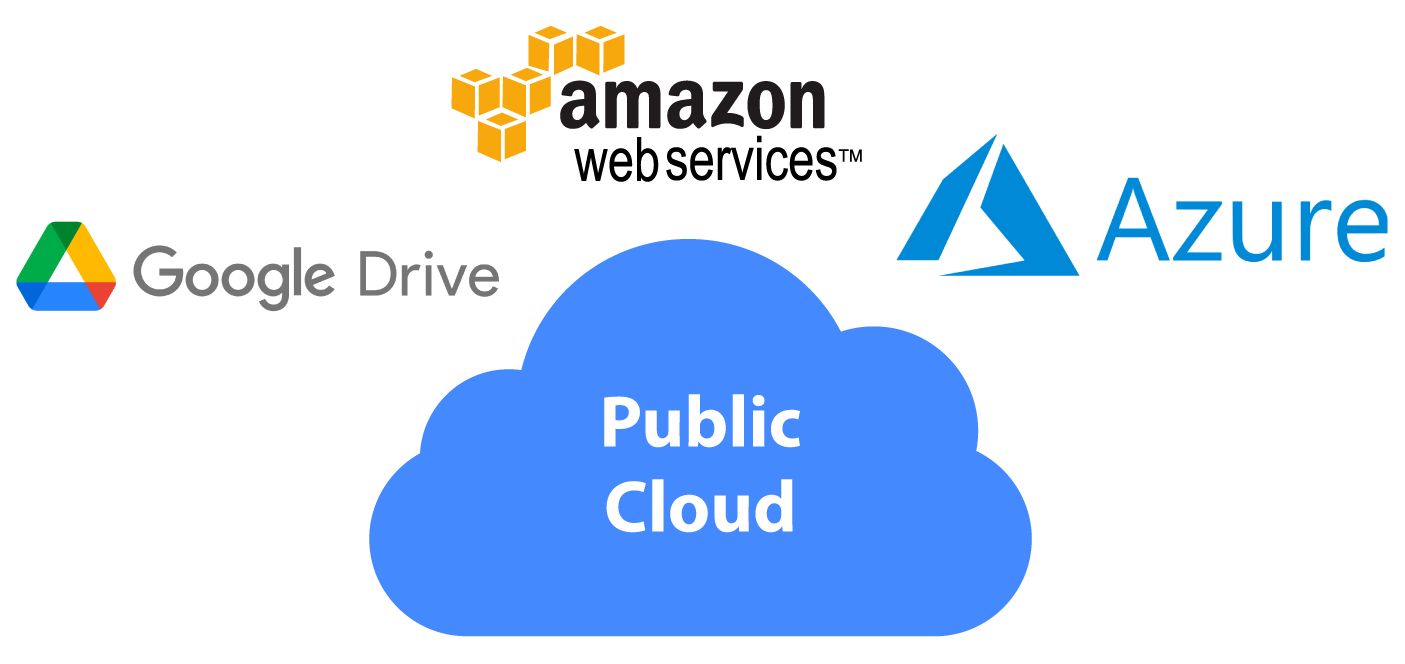The tech market over the past year has been dominated by AI since ChatGPT was introduced to the world in November 2022. Like the metaverse before it, there have been countless products and articles, and the media has been rushing to introduce them. Many companies have been thinking about how they can apply the new ChatGPT and generative AI to their field work. Some companies, such as Microsoft, are leading new innovations by applying generative AI to their products rather than ChatGPT. It felt like an era of great transformation through AI. Beyond digital transformation, we now talk about AI transformation. In this article, I will introduce the meaning of AI transformation, ChatGPT, and various AI tools.
1. Introduction: A New Chapter in the AI Transformation
Rapid advances in artificial intelligence (AI) technology are revolutionizing many aspects of our lives. At the center of this transformation are conversational AI models with advanced natural language processing capabilities based on large language models (LLMs) such as ChatGPT. They have the ability to generate natural conversations by interacting with users, heralding a fundamental shift in the way humans interact with technology.
The shift to AI is not just a technological advancement; it is also having far-reaching social and economic implications. The emergence of ChatGPT symbolizes this shift, enabling new forms of human-machine interaction that go beyond traditional interfaces and communication methods.
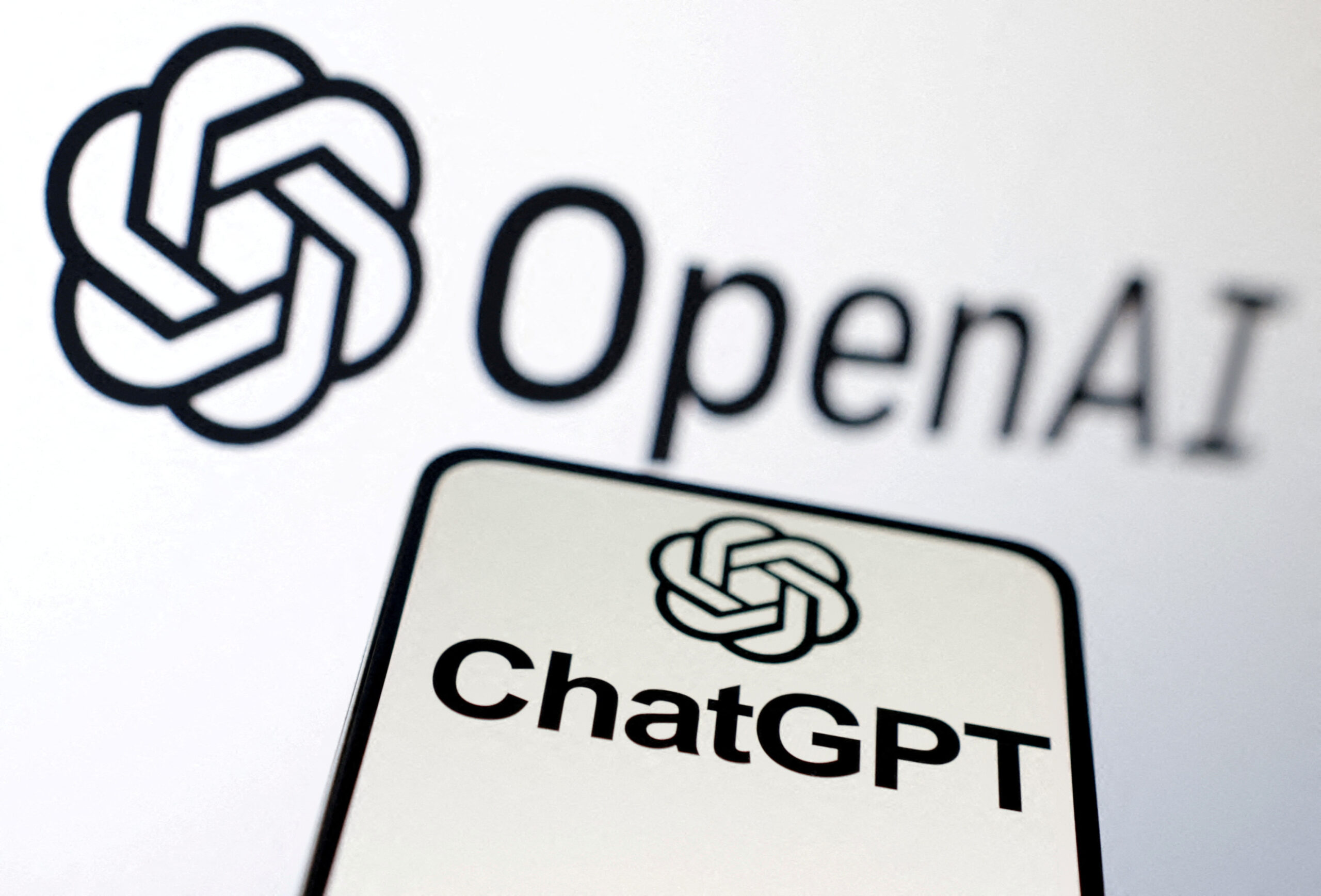
2. ChatGPT’s innovative approach
ChatGPT is one of the major breakthroughs in the field of natural language processing (NLP), with the ability to respond to user questions or commands in a human-like manner. This ability is based on the Generative Pre-trained Transformer (GPT) architecture developed by OpenAI, which is pre-trained on large datasets and then fine-tuned for specific tasks.
When evaluating ChatGPT, the biggest difference between it and similar services before it is that it makes it easy for anyone to use a high-quality conversational service by simply signing up. By building a huge language model to answer any question and opening it up to the public, the service has spread at a rapid pace, reaching 1 million signups in 5 days. It’s also true that the various use cases have gone viral since opening it up to the public.
2.1. Technical foundation
The heart of ChatGPT lies in its Transformer architecture. This architecture plays a key role in understanding context and identifying relationships between sentences. Transformer models use a self-attention mechanism to generate output for a given input. This allows the model to learn how each part of the text interacts with the overall context, which is essential for generating high-quality, natural dialog.
2.2. Scaling applications
ChatGPT has many applications and is constantly expanding. In education, it can contribute to enhancing the learning experience by providing personalized learning and tutoring systems. In business, it is used to improve user experience by automating and improving customer service. It can also assist human efforts and promote creativity in areas ranging from content generation, coding assistance, and creative work.
ChatGPT’s use cases are constantly expanding as AI technology advances. This heralds a future where AI and human interactions will become more natural and efficient, forcing us to reevaluate the impact of AI on our daily lives and professions and explore new possibilities.
These innovative approaches provide deep insights into the future of AI technology and the challenges facing our society. Ongoing research and dialogue is needed to make the most of the positive changes that technologies like ChatGPT will bring, while also addressing the ethical and social issues that may arise.
3. Social impact and outlook
Advances in advanced AI technologies like ChatGPT are expected to have far-reaching impacts across society. While these technologies have incredible potential, they also raise ethical and social questions and require in-depth discussions about how we develop and utilize them.
3.1. Technology and ethics
Advances in AI technology, particularly those related to natural language processing, raise important ethical considerations such as data bias, privacy, and transparency and accountability issues for machine decisions. These are important challenges that must be addressed to maximize the benefits and minimize the negative impacts of technological advances. Data bias can cause AI models to reinforce inaccurate or negative biases about certain groups, making it essential to collect and process data with diversity and inclusivity in mind.
3.2. Jobs of the future
Advances in AI technology have the potential to replace human roles in some specialized fields, which can lead to social problems such as job losses. Recent news stories about people whose jobs have been affected by AI or who have received layoff notices suggest that this problem is beginning to take hold. At the same time, however, the emergence of new technologies and services will spur the creation of new types of jobs. Responding to these changes will emphasize the importance of skills training and retraining, which will play a key role in ensuring that all individuals can benefit from technological advances in the future.
4. Conclusion: The journey to innovation
The emergence of AI technologies like ChatGPT is opening up a new chapter in technological advancement, and we need to work together to responsibly embrace and positively leverage the changes it brings. To realize the full potential of AI technologies and address the ethical and social issues that may arise at the same time, we need collaboration and ongoing dialog among all stakeholders, including researchers, developers, policymakers, and users.
But even apart from these concerns, AI will begin to transform the enterprise. If the first 50 years of the Industrial Revolution was a period of technological change in which machines replaced human manual labor, the next 50 years will be an era in which AI will replace human brain labor. In this article, I will discuss how companies can actually use AI to change their businesses from the perspective of AI transformation, not just digital transformation.


